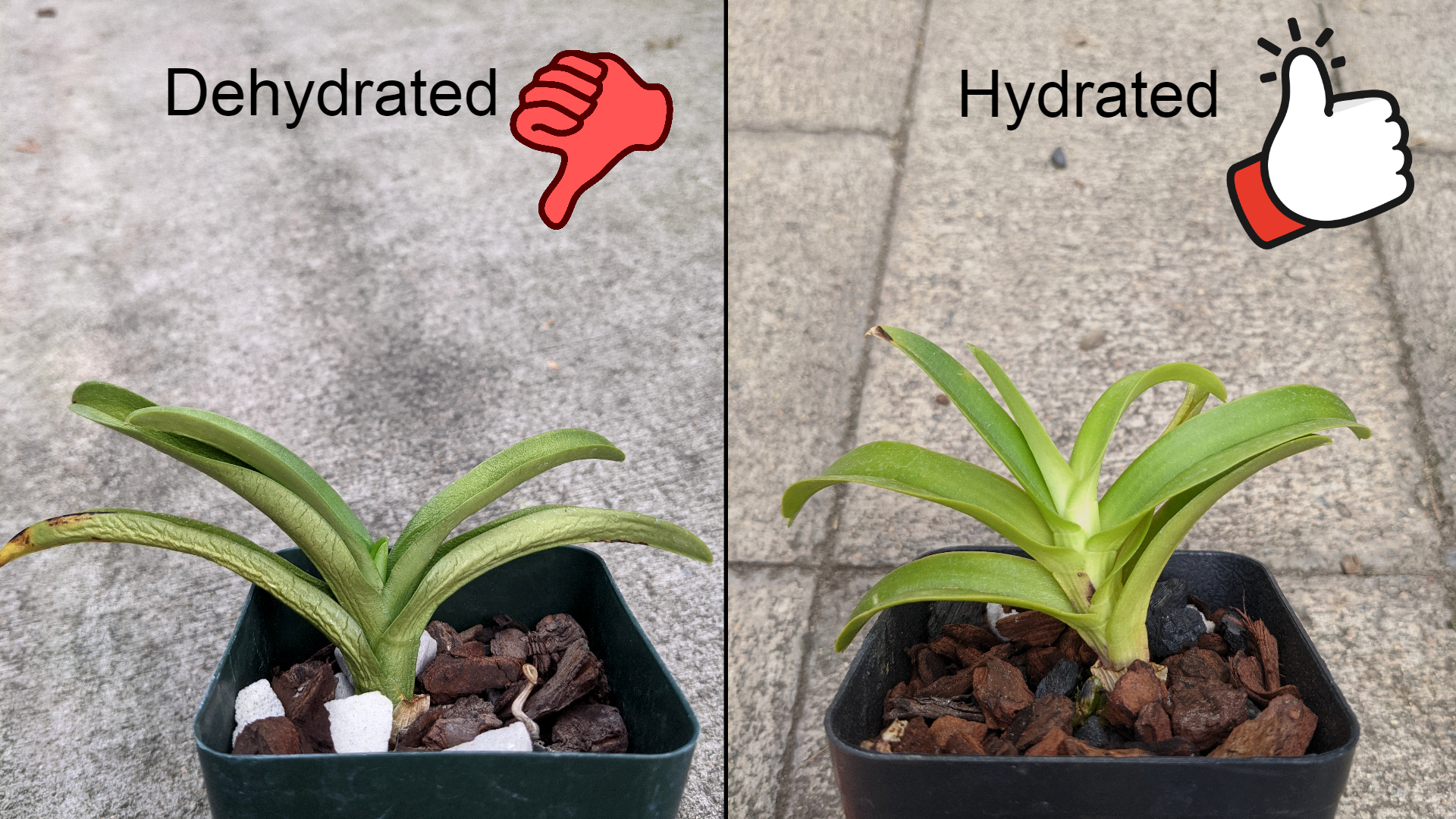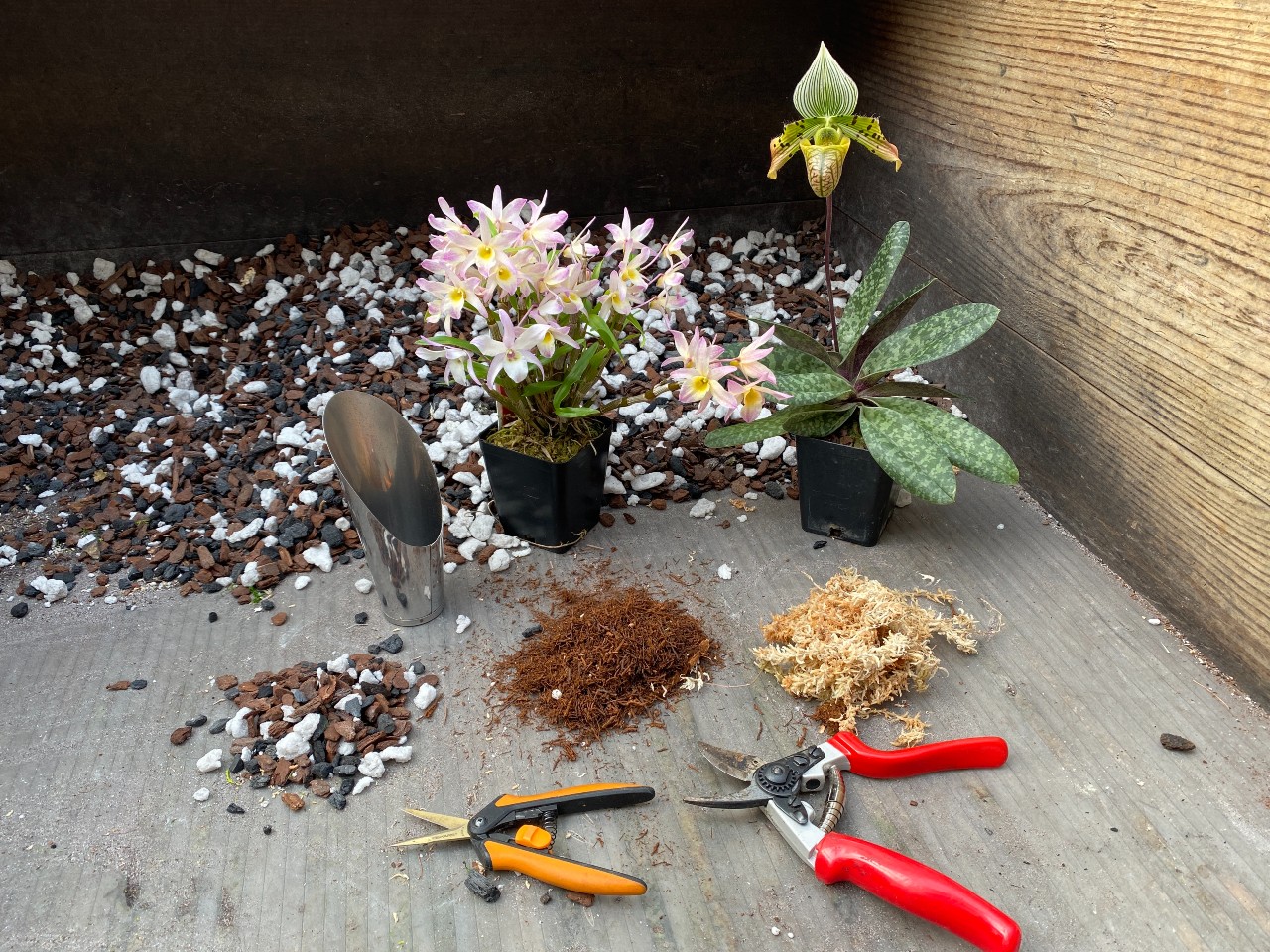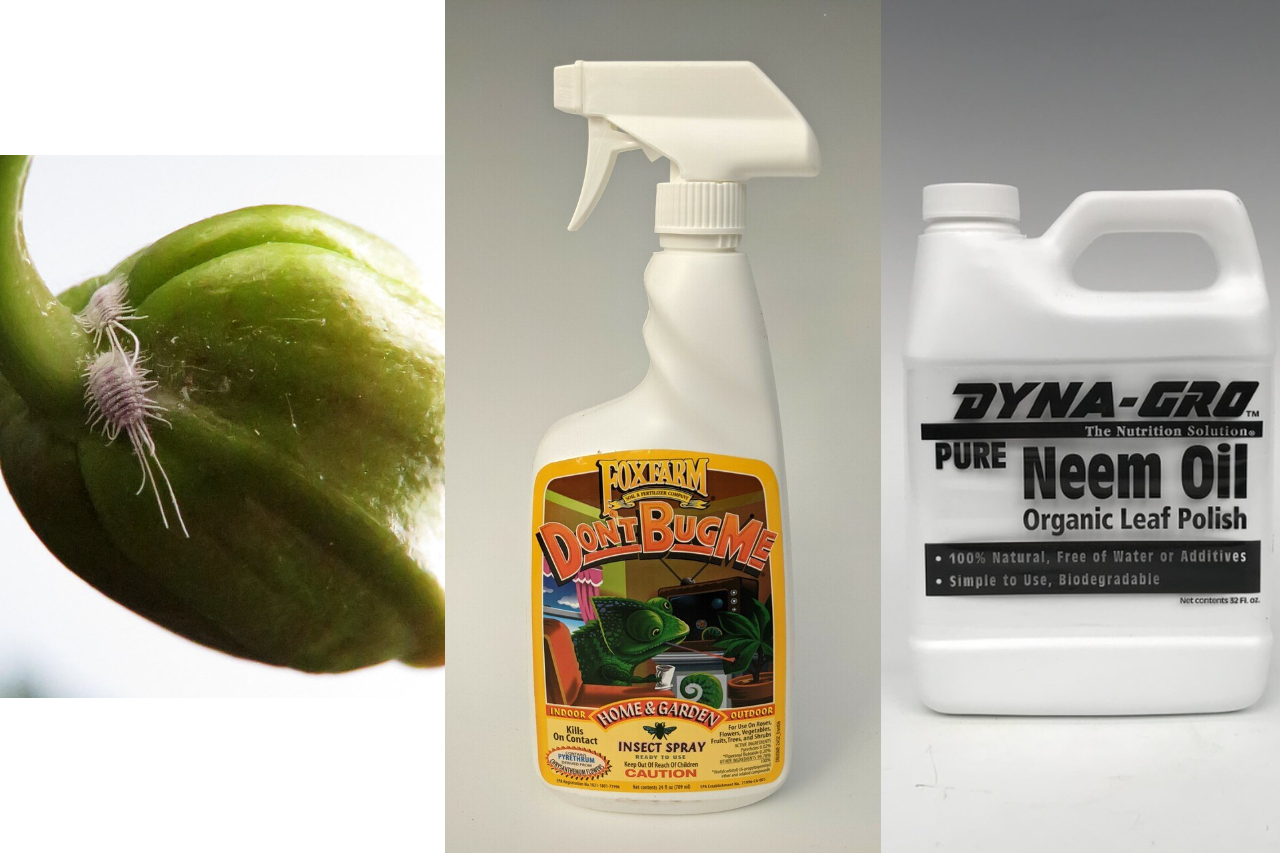Springing Into Action: Orchid Care in the Spring Season
Posted by Adam Kostanecki on Apr 6, 2021
You feel the warmer temperature on your face, you see the longer days as the sun sets later in the evening. These cues tell us about the coming of spring - but so do the plants in our collections! With the changing of the seasons, so comes change in your plants. Whether to refresh your memory or learn from scratch, here are some helpful tips on how to care for these eight different orchid groups (listed below) this spring!
Flowers on Display
If your hard work and patience have paid off, you may already (or will begin to) see the beautiful floral displays of your mature Cattleya, Cymbidium, Dendrobium, Lycaste, Miltoniopsis, Paphiopedilum, Phalaenopsis, and Pleurothallidinae orchids. Grab your stakes and clips to tie up the emerging spikes to allow for the best display and avoid spikes breaking. For those of you with open flowers, lean in to enjoy the fragrance - or to find out which ones bloom without this method of attracting pollinators!

From left to right: Blc. Melody Fair 'Carol', Den. Oriental Smile 'Butterfly', Phal. Taisuco Wonder 'Ox Honey'.
New Growth & Fertilizer Needs
Expect new growths on Cymbidium and Dendrobium orchids, as well as new roots on Cattleya and Lycaste. On your Lycaste, compare the size of new pseudobulbs to old growths - you should see an increase in size with each year of proper care. New growth will increase nutrient consumption by your plants, so use fertilizer to meet this demand. We highly recommend using our formula, Green Jungle™ Orchid Food fertilizer, which results in larger growths, bigger, stronger colored flowers and increased vigor. This has been one of our best selling products here at OrchidWeb for years now, due to the spectacular results that so many orchid hobbyists are seeing. Lastly, while your plants will welcome the increased daylight to power their spring growth, keep an eye out for exceptionally bright days - especially following a period of rainfall! As your plants are still adjusting, a rapid shift in conditions such as this can lead to sunburn if your plants are not properly shaded.

Watering Changes
By and large, across the board - don’t let your plants go bone dry and shrivel! Longer day length increases a plant's metabolism. This leads water consumption to increase for two reasons. First, higher temperatures mean higher rates of transpiration needed to cool the plant. Second, new growth means an increased demand for water to help keep the plant turgid (i.e. plump and firm). Long story short, keep an eye on all your plants as we progress into the season. In particular, pay attention to providing adequate water to your Cattleya, Cymbidium, Dendrobium, Lycaste, and Phalaenopsis orchids, as these plants will be putting a lot of energy into flower production as well as new growth.

Time to Repot & Prune
Spring cleaning not only applies to your home, but to your plants as well. Grab a pair of shears and remove any Cattleya sheaths that have senesced. If left unattended, these can trap moisture and lead to rotting. Furthermore, if your winter- and spring-flowering Cattleya, Lycaste and Pleurothallid orchids are done blooming, this will be the best time to repot them and move into larger pots if necessary. Ready to grow in the summer season, these orchids will root right into fresh potting media. Spring is also a great time to clean up your summer-blooming Paphiopedilum orchids before they put on their displays. If you missed out before, you can still purchase Jason's repotting webinar to get the full lesson on how the pro does it himself!

Pest Control
The warmth of spring is not only good news for your plants, but for hungry plant pests as well. New growths full of nutrients will attract wary pests, particularly mealybugs. Check your plants routinely and treat any infestations early before they become well established. We recommend several pest control products, including a Pyrethrum insecticide spray, a 3-in-1 insecticide/fungicide/miticide spray, organic neem oil concentrate, or the sanitizer and viricide Physan 20.

Hopefully this overview helped refresh your memory on your spring plant to-do list, or was a learning opportunity that will lead you to newfound success in your orchid culture! We're excited to share freshly spiking plants with you all as the days get longer for us in Minnesota, and we cannot wait to hear how happy you are with your orders.
Cheers!
Adam Kostanecki